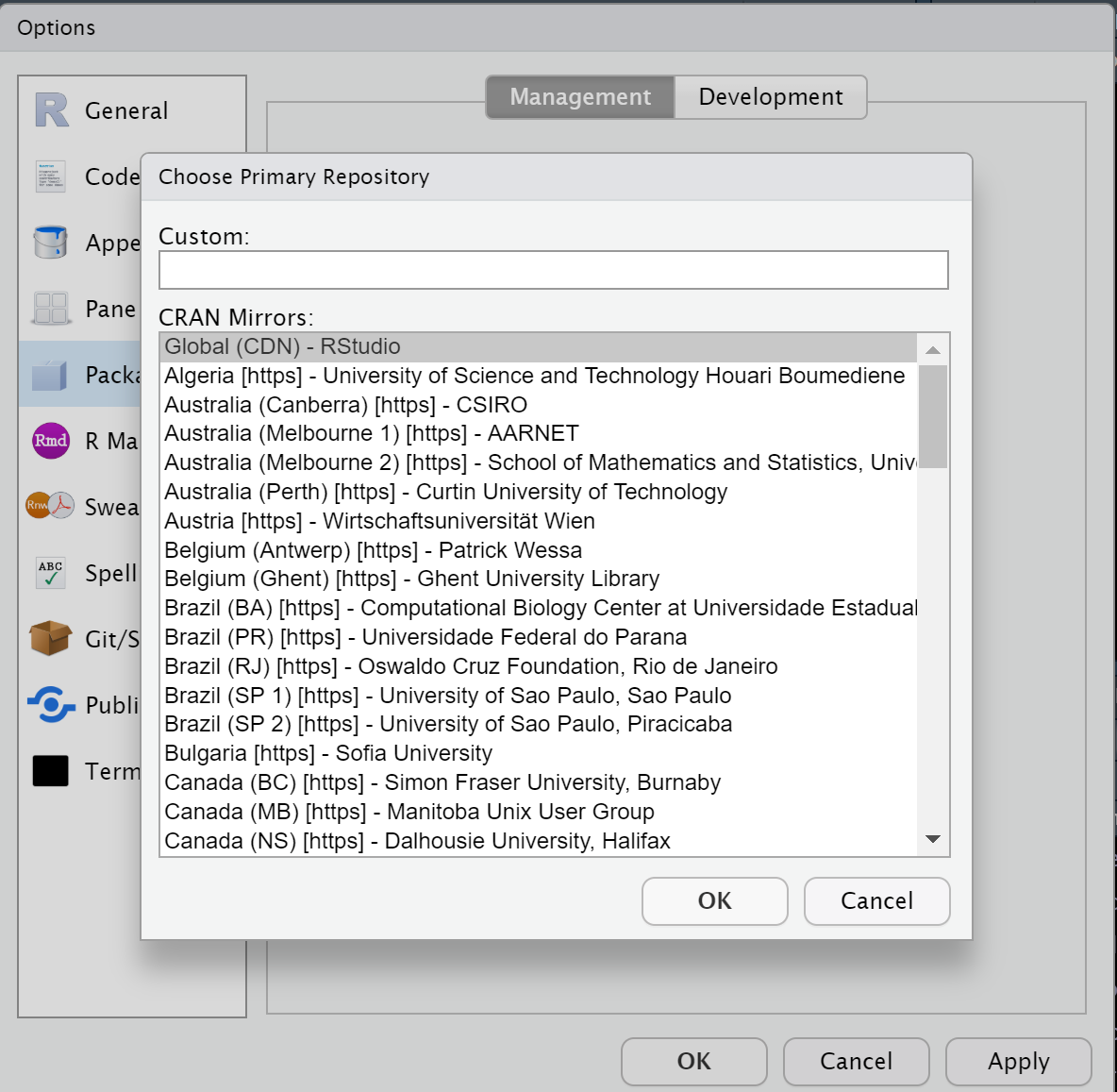

- #How to install rtools how to#
- #How to install rtools license#
- #How to install rtools download#
- #How to install rtools windows#
Install the devtools R package if you have not previously done so.Once the Rtools installation completes, open RStudio.IMPORTANT: You should make sure that the box is checked to have the installer edit your PATH (see below).If you already have Cygwin installed on your machine, you should follow the instructions given during installation (and linked to here: ).Dont forget to close all current R sessions before reinstalling, then start a new R session and.
This installer doesn't install all of the tools necessary to build R or R packages, because of license or size limitations. This version upgrades the old cygwin utilities to msys2.
There are only two exceptions worth noting: Try to stick to the default installation settings if possible. The tools installed in the Rtools\mingw32, and Rtools\mingw64 directories are from the MinGW-w64 distribution. Unless you really know what you are doing, you should just go with the default selections at each step of the installation. install.Rtools( check TRUE, checkrupdate TRUE, GUI TRUE. By default, the function searches if a compatible Rtools is installed, if not, it offers to install the latest compatible version. Once the download completes, open the. Downloads and installs Rtools Install compatible version of Rtools for Windows. If you have the most recent version of R, you should select the most recent Rtools download (at the top of the chart). Note: If you're not sure what version of R you have, open or restart R and it's the first thing that comes up in the console after installing MacOS Catalina 10.15 on Vmware workstation then you will need to install Vmware tools on macOS Catalina, here you will get how to do it.exe download link from the table that corresponds to your version of R
A collection of tools necessary for building R packages in Windows. In the option typographies we will control everything related to source of our system, and with the last option of all, windows, we will control the actions that the windows should perform and their behavior.Īs you can see, gnome-tweak-tool It is an essential tool that will help us to modify the desktop to our liking gnome-shell.Jeffrey Leek, Assistant Professor of Biostatistics Johns Hopkins Bloomberg School of Public Health What is Rtools? In this option called Themes, we will control everything related to graphics and visual theme of our desktop, both the windows and the icons, in addition to being able to install new specific themes for gnome-shell. The control screen tweak tools that will appear to us will be the following:įrom the first option, Desktop, we will control everything related to the main desk from our computer, for example we can select if the folder is shown home, the icon of My computer or the recycle bin, as well as deciding whether to mount removable drives directly on the desktop.įrom the second option that we find, install gnome-shell extensions, we can do exactly what the statement says, install extensions and improvements for our desktop.įrom the third option called gnome-shell, we can control from how we view the clock and date of the upper bar, as the buttons on windows of open applications, or what the computer should do depending on the battery level or if we close the lid. Once we have the tool installed we can run it from the same terminal by typing gnome-tweak-tool, or from any part of our Ubuntu pressing the key Alt + F2 and typing the same command. To install tweak tools we only have to open one new terminal and type the following command: To install devtools, use install.packages ('devtools') Verify Rtools installation. If you aren't sure, enter find.package ('devtools') in the console. Install the devtools R package if you have not previously done so. The tool or application to control gnome-shell, is named tweak tools and it does not come pre-installed with our favorite desktop packages, but we will have to install it ourselves. Once the Rtools installation completes, open RStudio. Click on the Download R for Windows link at the top of the page. Select a CRAN location (a mirror site) and click the corresponding link. If you additionally want to build R from source, keep an eye open for the point where the installer asks what type of installation you want: by default, the parts of the Rtools necessary to build a fully capable R binary are not included, but you can. In the following article I'm going to show you how to access the controls gnome-shell, from which we can control many aspects and configurations. To Install R: Open an internet browser and go to Click the download R link in the middle of the page under Getting Started. Test your installation: type install.packages('xtable', type'source') at the R command line.





 0 kommentar(er)
0 kommentar(er)
